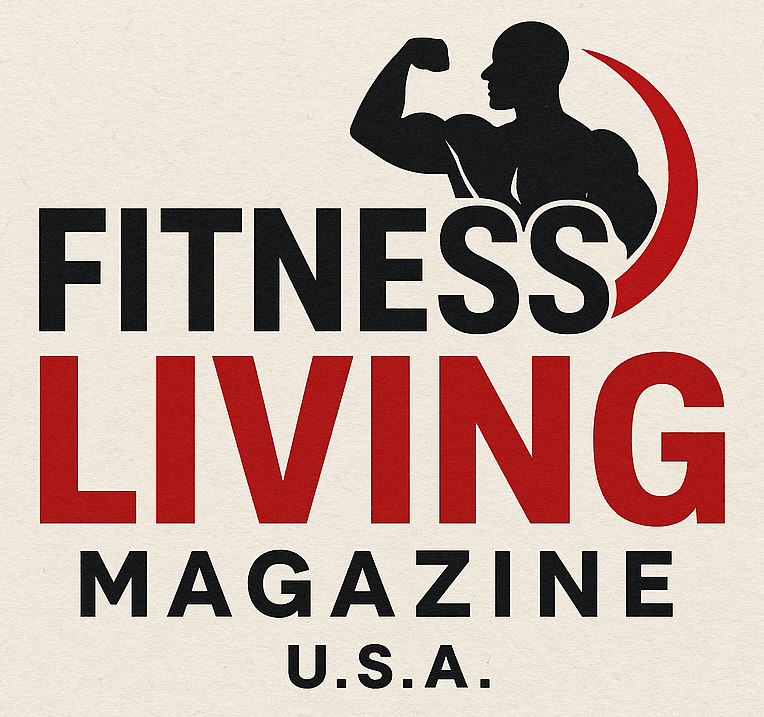
Unlocking Your Athletic Potential: The Power of Rotational Training
In the realm of athletic performance, the quest to elevate strength, agility, and coordination often leads athletes to emphasize their training regimens. However, the importance of rotational exercises should not be underestimated. Incorporating rotational movements into your fitness regime can significantly enhance core strength, promote stability, and improve overall functionality, ultimately boosting on-field performance.
Understanding Rotational Movements
Rotational exercises help to refine muscle control and enhance mobility by incorporating eccentric isometric practices. These exercises target not just traditional muscles engaged in lifting but also the essential rotational patterns necessary in many sports. For instance, whether it’s a tennis serve, a golf swing, or a soccer kick, improved rotational strength translates directly to enhanced athletic execution. Dr. Joel Seedman emphasizes that mastering rotational movements is crucial for athletes who want to develop their kinetic potential.
Key Rotational Exercises to Consider
Among the myriad of exercises available, here are a few highlighted by fitness professionals:
Russian Twists: This classic exercise remains popular for its effectiveness in targeting the oblique muscles. However, when performed with an eccentric isometric focus, it can promote greater trunk stabilization.
Pallof Presses: A staple in anti-rotation training, these presses help in fortifying core stability, ensuring that the torso remains aligned during athletic actions.
Landmine Rotational Lifts: By incorporating the landmine apparatus, athletes can engage in explosive movement patterns while focusing on eccentric control, vital for performance in rotational sports.
The Role of Eccentric Isometrics
Eccentric isometrics play a pivotal role in developing rotational strength. The focus is not just on lifting weights but on mastering body mechanics through controlled movement. For example, using a sledgehammer provides both resistance and dynamic motion, engaging multiple muscle groups in a highly functional manner. By ensuring a tight core and proper body alignment during these movements, athletes can fine-tune their neuro-muscular responses essential for peak performance.
Balancing Strength Training and Mobility
While strength training is paramount, it is equally important to maintain flexibility and mobility. Rigorous rotational training encourages the body to achieve optimal ranges of motion without overextending, as highlighted in Dr. Seedman's approach. For athletes, this means incorporating various stretches and mobility drills to complement rotational workouts, ensuring a well-rounded fitness strategy.
Trends in Rotational Training: The Future of Athletic Performance
As training methodologies continue to evolve, integrating advanced equipment like rotational torque trainers and landmine systems is becoming increasingly popular among fitness enthusiasts. These innovations allow for greater versatility and effectiveness in training routines, ensuring athletes can achieve their performance goals. It’s expected that as more athletes adopt these progressive training techniques, we will witness a surge in athletic efficiency across multiple domains.
Conclusion: Elevate Your Game Today
With numerous benefits to be gained from incorporating rotational training into your routine, there’s no reason to overlook these powerful movements. By enhancing your core stability, agility, and overall performance, you will be equipping yourself with the tools necessary for excellence in both training and competition. Take the first step toward improving your athletic prowess by integrating these exercises at your local gym or fitness facility today!
 Add Row
Add Row  Add
Add 



Write A Comment